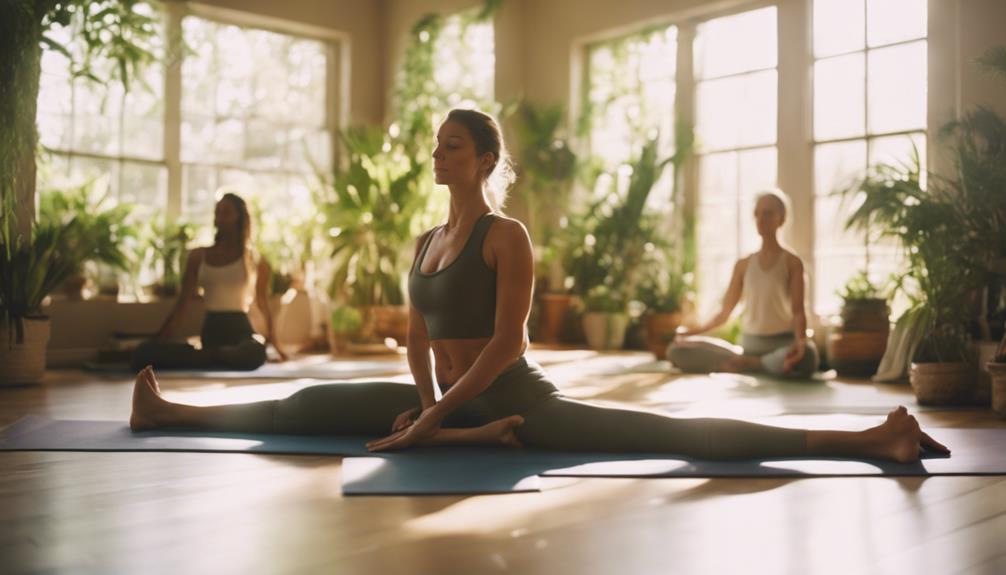Will yoga lower blood pressure? This question resonates with many people seeking natural and holistic approaches to health. High blood pressure, or hypertension, is a common condition that can lead to serious health issues, such as heart disease and stroke. With the growing popularity of yoga as a form of exercise and stress relief, many are curious about its potential to lower blood pressure. In this article, we will explore the connection between yoga and blood pressure reduction, providing insights and tips along the way.
Can Yoga Help Lower Blood Pressure? Let’s Find Out Together!
Yoga has long been celebrated for its numerous health benefits, and research suggests that it could indeed help lower blood pressure. The practice incorporates deep breathing, meditation, and physical postures, all of which can contribute to relaxation and stress relief. Stress is a well-known contributor to elevated blood pressure, so finding ways to manage it through yoga may be a game-changer for many individuals. Studies have shown that regular yoga practice can lead to significant reductions in both systolic and diastolic blood pressure.
Furthermore, certain types of yoga, such as restorative or gentle yoga, focus on calming the nervous system. These practices encourage relaxation and mindfulness, which are crucial for managing stress levels. By promoting a sense of inner peace, yoga can help reduce the physiological responses associated with stress, further aiding in the regulation of blood pressure. Engaging in a consistent yoga routine can serve as an excellent complement to more traditional methods of blood pressure management, such as medication and dietary changes.
In addition to its stress-relieving benefits, yoga can improve overall cardiovascular health. Many yoga poses emphasize proper circulation and increase blood flow throughout the body. Poses like downward dog and warrior I not only promote flexibility and strength but also encourage better oxygenation of the blood. As a result, individuals who practice yoga regularly may observe not only a reduction in blood pressure but also a marked improvement in their overall health and well-being.
Stretching into Serenity: Yoga’s Role in Lowering Blood Pressure!
Yoga’s role in lowering blood pressure can be attributed to its emphasis on mindful breathing and meditation. Breathing exercises, known as pranayama, are an essential component of many yoga practices. These techniques help to calm the mind and body, signaling the nervous system to relax. When practiced regularly, these breathing exercises can lead to lower heart rates and reduced stress hormones, both of which contribute to lower blood pressure levels.
Another significant aspect of yoga is its community-driven environment. Participating in group classes can foster a sense of belonging and support, which can enhance overall emotional well-being. This social interaction can be particularly beneficial for individuals facing the challenges of managing high blood pressure. Engaging in yoga with others encourages accountability and motivation, making it easier to stick to a regular practice that promotes health and relaxation.
Lastly, the holistic approach of yoga addresses not only physical health but also mental and emotional well-being. The fusion of movement, breath, and mindfulness offers a unique opportunity for individuals to explore their inner selves. By cultivating a sense of self-awareness and resilience, practitioners may find they are better equipped to handle the stresses of daily life, ultimately leading to improved blood pressure control. Embracing yoga as part of a comprehensive lifestyle change can be a joyful journey toward a healthier heart.
In conclusion, will yoga lower blood pressure? The answer is a resounding yes! By integrating yoga into your routine, you can harness the power of relaxation, mindfulness, and community support to help manage your blood pressure effectively. Whether you are a seasoned yogi or a curious beginner, the benefits of yoga extend far beyond the mat. So roll out your yoga mat, take a deep breath, and let this ancient practice guide you toward a balanced and harmonious life.
